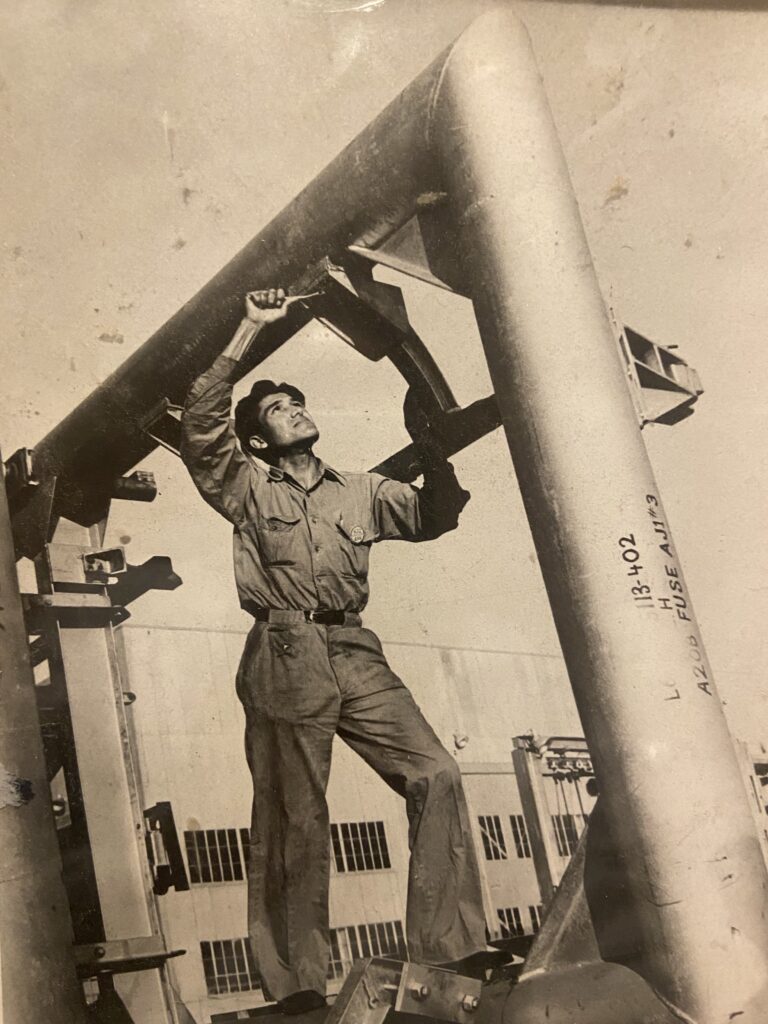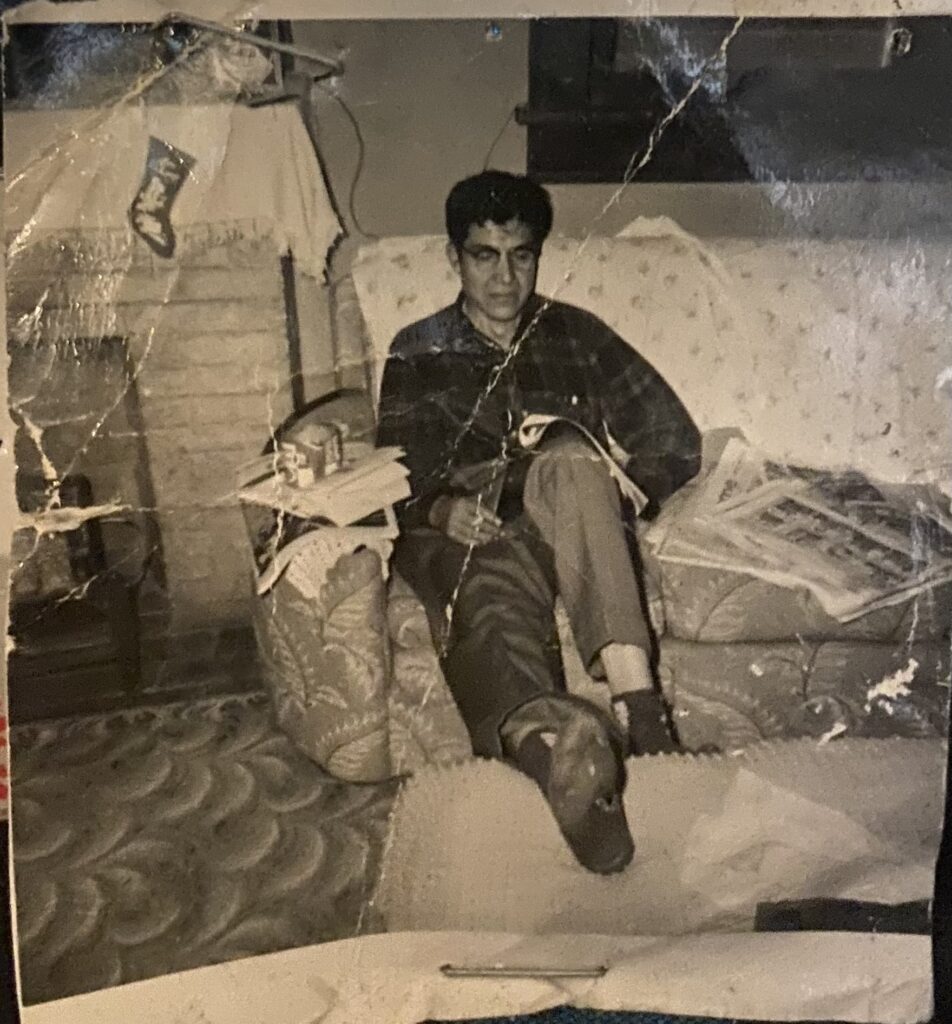When thinking about the American Dream of Native peoples, and my own, I cannot start without remembering the dreams of my ancestors. In those dreams lay a direct story in which resilience is nurtured and determination thrives to carry on our traditions. I would be remiss not to include these stories, for I am the product of them – I am my ancestor’s American Dream. I am taking this space to speak on my great-grandfather, John Bates, a true man of resilience, determination, and opportunity. His American Dream was rooted in the thriving of his family, community, and adaptability.
John Bates was born on March 12th, 1910 in Anadarko, Oklahoma, and grew up around southwest Oklahoma. He was Wichita and Kiowa and a product of a boarding school child. His mother went to Rainy Mountain Boarding School, south of Gotebo at the Kiowa-Comanche-Apache (KCA) Reservation. Indian boarding schools have a history of pain due to the assimilation and abuse that Native American children endured, which has played a role in creating a strong hold of generational trauma. This is the case for many families, including my own. John went to school up until 6th grade, when he left school to make a living and take care of his family. He went through much adversity throughout his life. At an early point in life, he and his father became homeless. They hopped from train to train for shelter and to travel around Southwest Oklahoma, around Anadarko. Although he did not have a stable home in which to grow up, he was determined to make an earning for himself and his family. So he became a car mechanic, settled in Anadarko, and worked on cars for families in town. He also became a plane mechanic and worked in Los Angeles, California later in 1943.
By the time John arrived in LA, he was married and had 2 children. He moved his family over there because the Government promised that he could be trained and earn a job if he moved. This was only a few years before the Urban Relocation policies was enacted in the late 1940s and 1950s to encourage Natives to move out of reservations and into urban areas such as LA. In the pursuit of his American Dream, John trained with Douglas Aircraft Company and worked on planes for World War II. Since then, the facility has turned into an Air Force base. Eventually, he and his family moved back to Anadarko due to his mother-in-law’s passing, which required him to go back to working on cars. He rerooted his family in his hometown, even securing a car garage for his mechanic business. This was a big achievement because he found being his boss important – his wife was an exception.
John ensured that moving back home meant that he could serve his community again. Everyone knew him in town because he fixed everyone’s cars, even if he knew they didn’t have the means to pay him. One story highlighting John’s commitment to his community inspired many of his descendants, including my mother and I. John and his family had the only television in Anadarko at this time, so everyone came to watch TV at his home. When it became too crowded for the house, he put chairs outside and placed a glass substrate screen that would somehow magnify the TV so that it was big enough for everyone to watch. This was before plasma TVs existed, which shows how much knowledge and ingenuity he held.
John Bates, although modest about his achievements and stories, is known in Anadarko to this day for his service to the community. Although his formal education was cut short, he was extremely intelligent and took much enjoyment in reading. He loved building toys for his children, hyper-focusing on random experiments, and going to church. His story shows that one does not need to have a formal education or wealth to achieve the American Dream. I believe he succeeded in his dream because not only did he succeed in making a name for himself, but he helped his people start to make one for themselves too.

